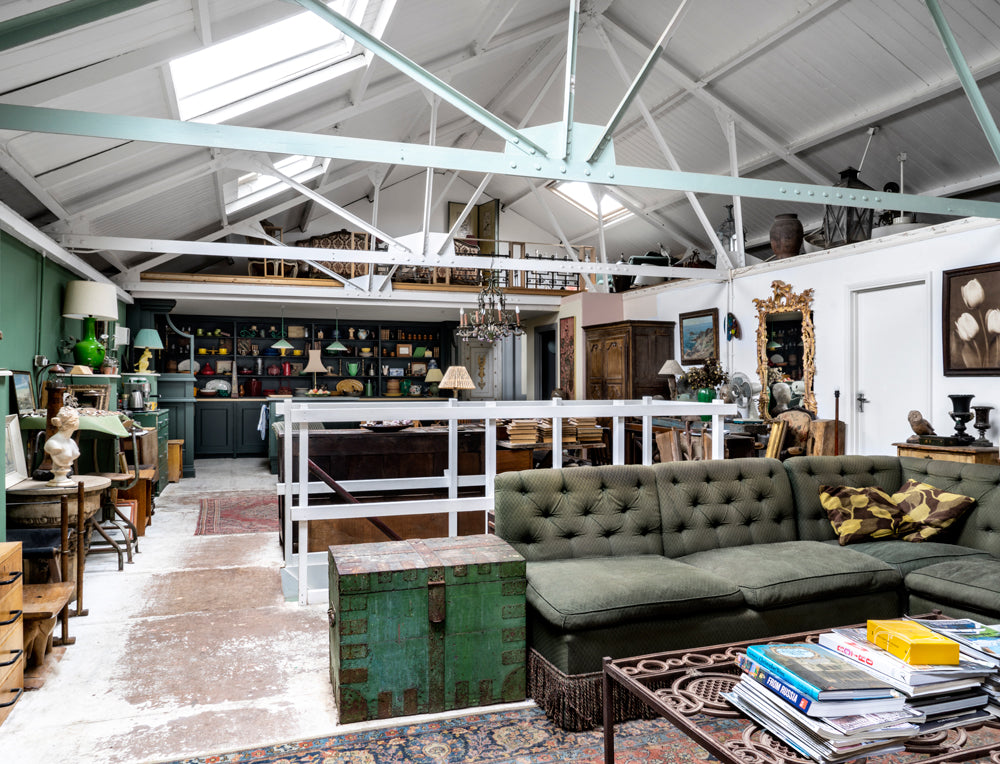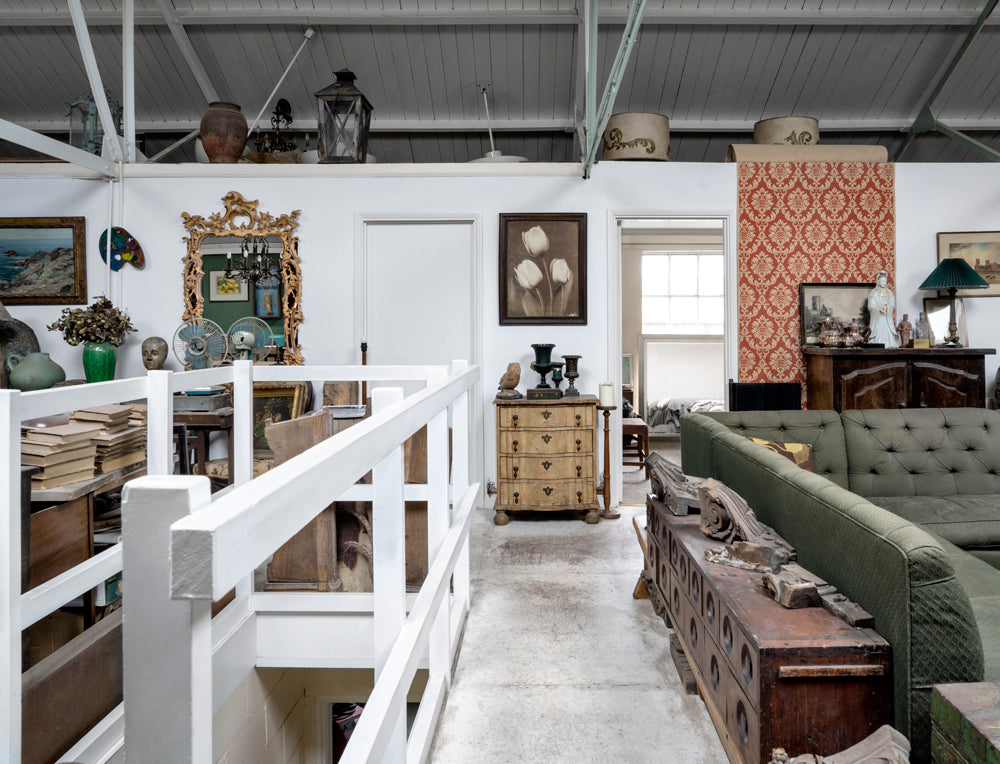![]()
Ian Simpson established Ian Simpson Architects with his partner Rachel Haugh in 1987. Over the years, the practice has compiled an impressive portfolio of work, ranging from heritage industrial conversions to striking new builds. We applaud them.
![]()
Celebrated projects include both residential and commercial buildings, conservation work and contemporary designs, in the UK and internationally. The mission is always to design buildings and spaces that are “appropriate, inspirational, beautiful and exciting.” And there’s a desire to contribute to the regeneration of post industrial cities like Manchester, by preserving relics of the past and designing inspiring new icons for the future.
The business is booming, but it certainly hasn’t been an easy journey. The recent recession and millions in unpaid fees took the practice to the brink and resulted in almost half the office being made redundant. Ian Simpson battled to retain his most high profile projects (including Battersea Power Station) and aggressively pursued new work to ride out the storm. With its workforce and turnover steadily rising once again, the practice has been rebranded SimpsonHaugh and Partners.
Simpson and Haugh remain personally involved in every project. Still based in Manchester with offices in London, the firm has done much to preserve the two cities’ industrial and historical identities. A pioneering approach protects the fabric of heritage buildings and creates contemporary interventions and additions which complement rather than distract from the original character and features.
THE JAM FACTORY | LONDON
(Above and left) Sir William Pickles Hartley incorporated his jam-making business in 1884 and built a factory in 1902. Over 2,000 workers were once employed there. During the Blitz, it was used as a shelter but suffered a direct hit, as a witness recalled: “I remember specially a big factory that had been bombed – Hartley’s – which was quite well known as makers of marmalade and jam. And the situation there was indescribable because the dead were covered in marmalade.” When production ended in the mid 1900s, the buildings fell into disrepair. In 1999, Ian Simpson Architects proposed a solution for the factory’s conservation, offering New York loft style living while preserving the heritage values of the site. The most significant intervention was the addition of sky-high, glazed rooftop penthouses.
Main image photography by Sophie Bush. All other imagery courtesy of SimpsonHaugh.
![]()
MERCHANTS WAREHOUSE | Manchester
(Above) Originally built in 1825, Merchants Warehouse survived devastating bombings and fires during WWII. Today, following its redevelopment by Ian Simpson Architects, the Grade II listed warehouse offers quality office space. Features include exposed timber beams, brickwork and cast iron columns. The development has won several awards, including a Civic Trust Award for its sensitively designed restoration.
BATTERSEA POWER STATION | London
(Below) The largest brick building in Europe, Battersea Power Station was designed by Sir Giles Gilbert Scott. It was constructed in two phases, before and after WWII, and comprises two identical power stations joined together. It’s thought to have survived the Blitz because it was a navigational landmark for the Luftwaffe. The familiar and imposing silhouette of Battersea Power Station as we know it today, with its four chimneys, didn't actually appear until 1953. Fully decommissioned in 1983, it fell into terrible disrepair as numerous redevelopment plans failed. Having retained the project, SimpsonHaugh and Partners are currently involved with Phase I of the Battersea Power Station development, one of the UK’s most outstanding industrial conversions for several years. The world famous power station and the other remarkable buildings featured here sustained and survived serious damage as a result of German bombing during World War II. And over the course of time, they had all fallen into disrepair and dereliction.
![]()
THE GRAND APARTMENTS | Manchester
(Below) The A Collie and Company cotton warehouse was built in 1867 by Mills and Murgatroyde. 13 years later it experienced its first conversion and became The Grand Hotel. When the hotel closed as a result of the recession in 1989, the building lay empty for years before briefly serving as a night shelter for the homeless. In 1996, Ian Simpson Architects took on its renovation. The stone and brickwork were carefully restored, a dramatic glass rooftop was added. The Victorian hotel’s original ballroom structure remains in the courtyard and the former warehouse contains 115 apartments.
![]()



